There is no better demonstration of the British love for an eccentric challenge than the well-trodden route between Land’s End and John O’Groats.
The journey between what are almost the two farthest-flung points of the British mainland serves to illustrate both the nation’s long, skinny shape – 837 miles in a country where it’s impossible to be more than 70 miles from the sea – and also our collective love of a bizarre quest.
The first recorded walking of the whole distance took place in 1871 and, since then, it has been done on everything from bikes to skateboards to lawnmowers to at least one traverse by JCB. In an outright win for toughness, the route has even been swum, adventurer Sean Conway spending 135 days covering the 900 mile route around the coast in 2013.

Driving is definitely the easy way, but although there have been some blisteringly quick private runs, the inability to close roads or evade prosecution means there are no official records in excess of the official speed limits.
Our mission is subtly different and grander in ambition: to race the sun rather than the clock. The aim is to show that the journey can still be a proper adventure without getting arrested, and even in a vehicle as unlikely as the Skoda Karoq. A mid-sized diesel-powered crossover might not seem like the most obvious choice for a rapid end-to-end run, but this is a journey where comfort and fuel range are far more important than outright pace. It’s also the perfect opportunity to introduce what’s likely to become one of Skoda’s biggest sellers to the UK.
The plan is to leave John O’Groats as the sun sets and reach Land’s End before first light the next day, a north-to-south run giving us fractionally more night. Attempting it in mid- December would have been too easy, but choosing the night of 1-2 February gives an almost perfectly balanced challenge, with 14 hours and 44 minutes of night for a journey that, Google reckons, will take 14 hours and 56 minutes with no traffic delays.

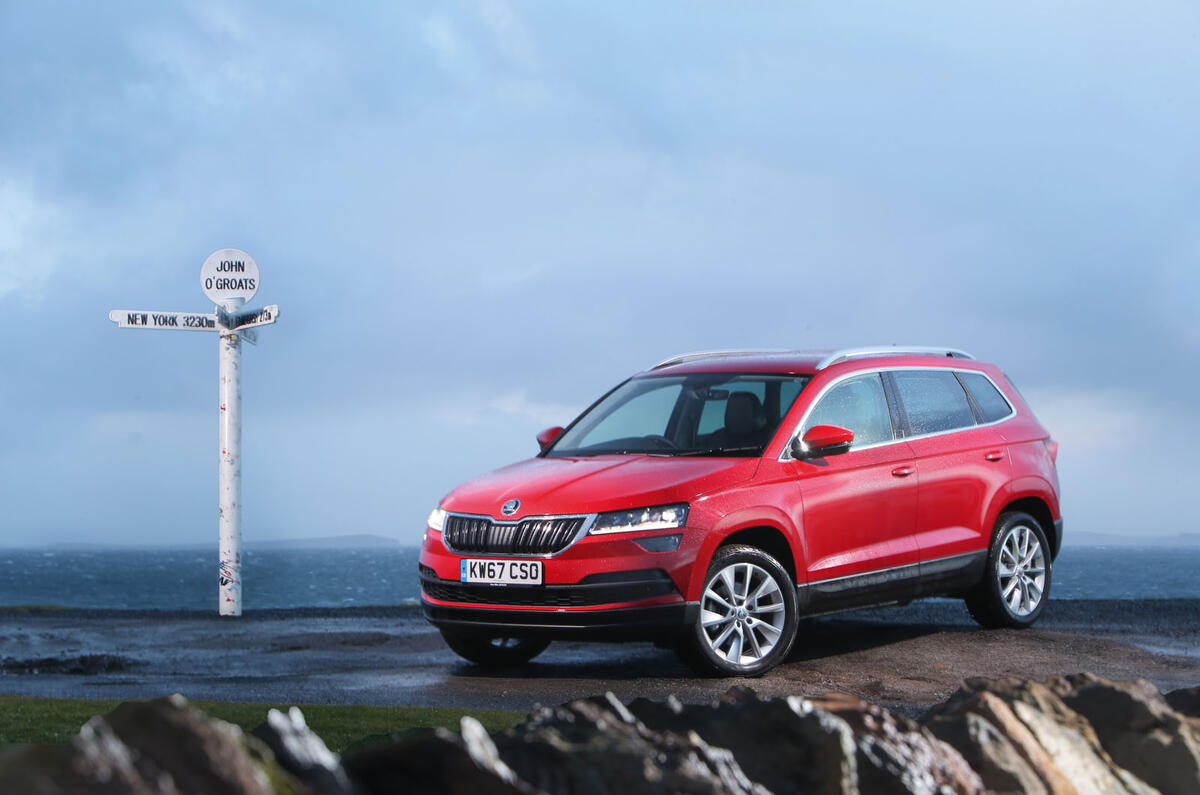
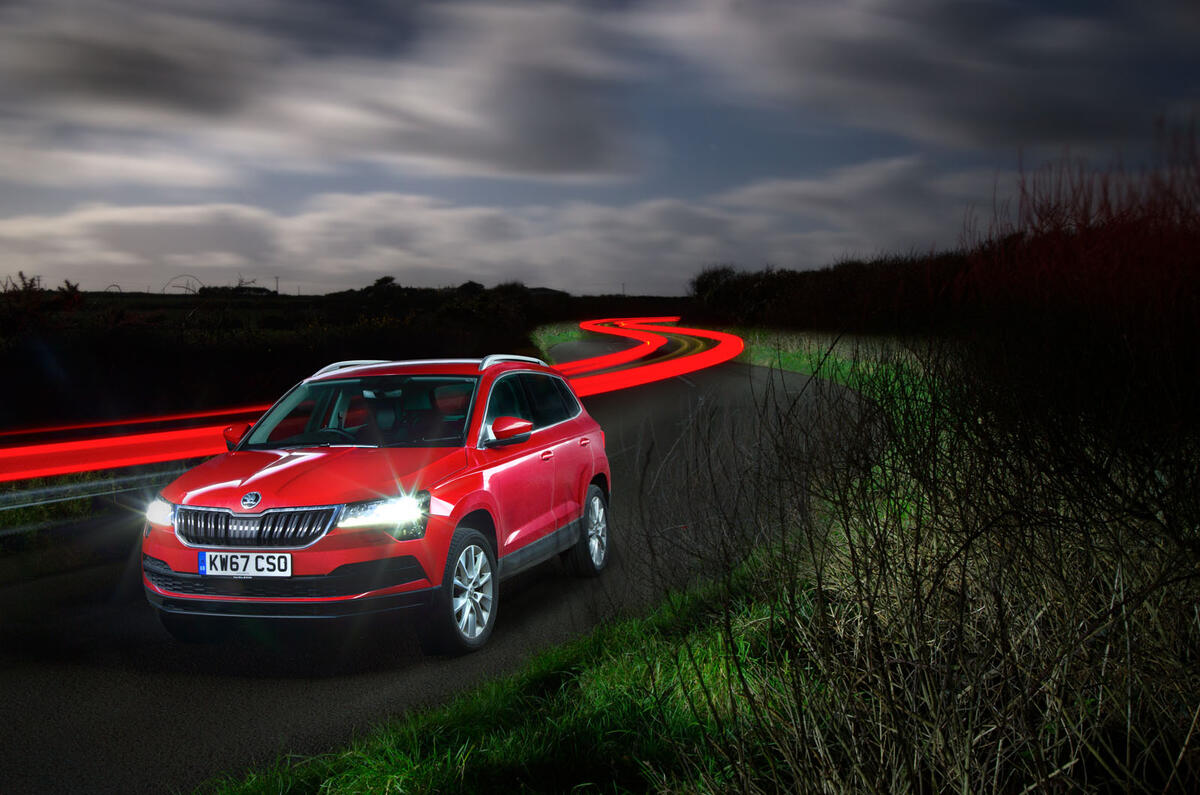
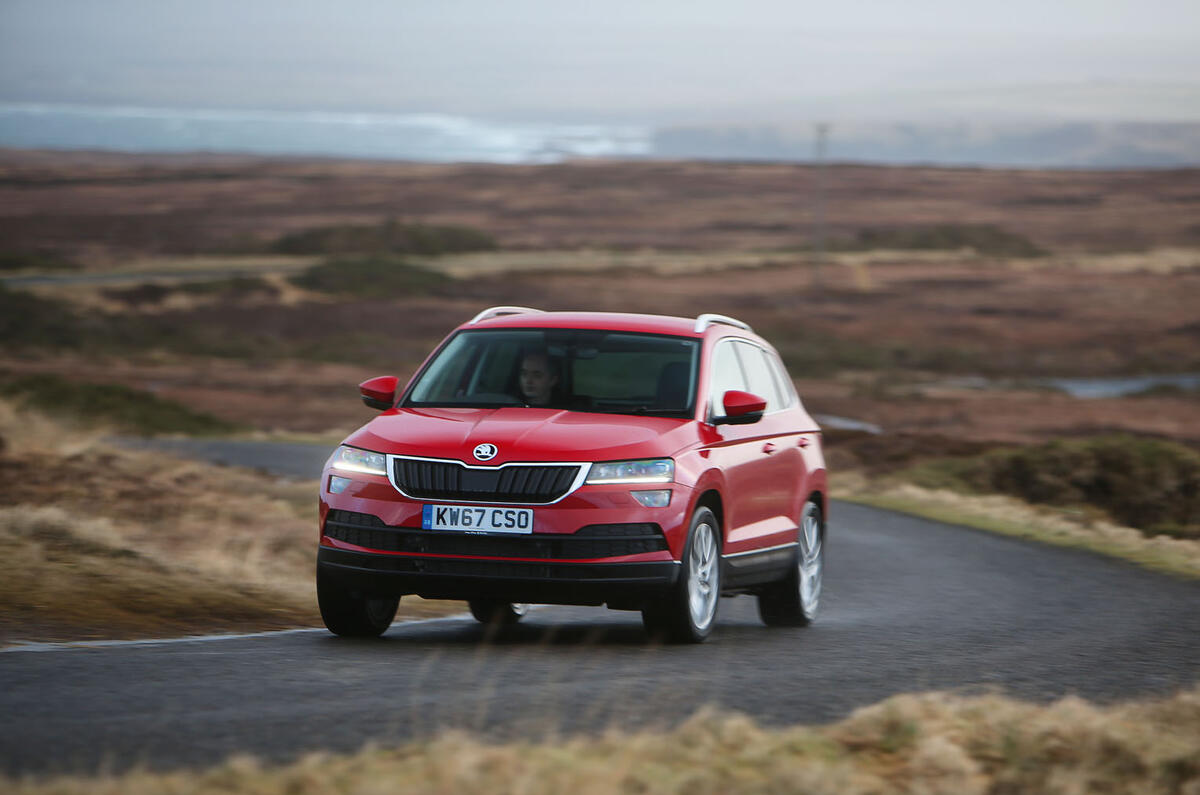

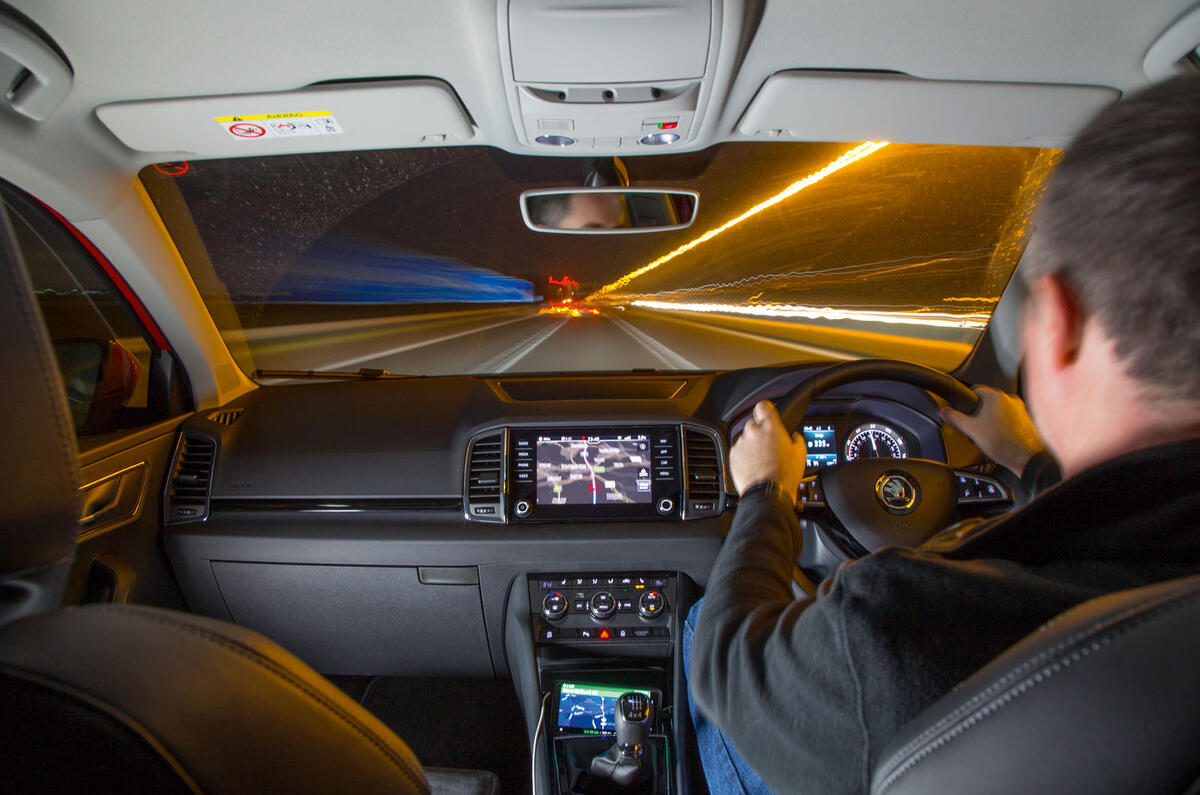
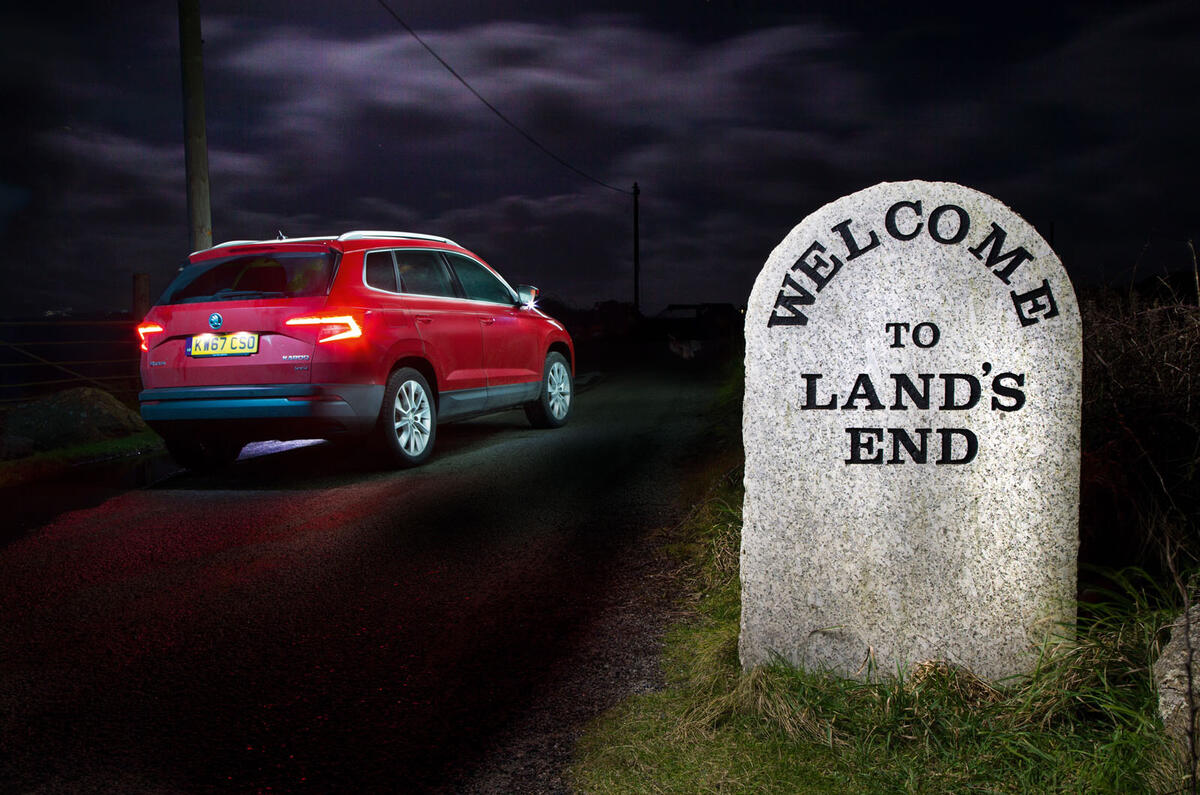
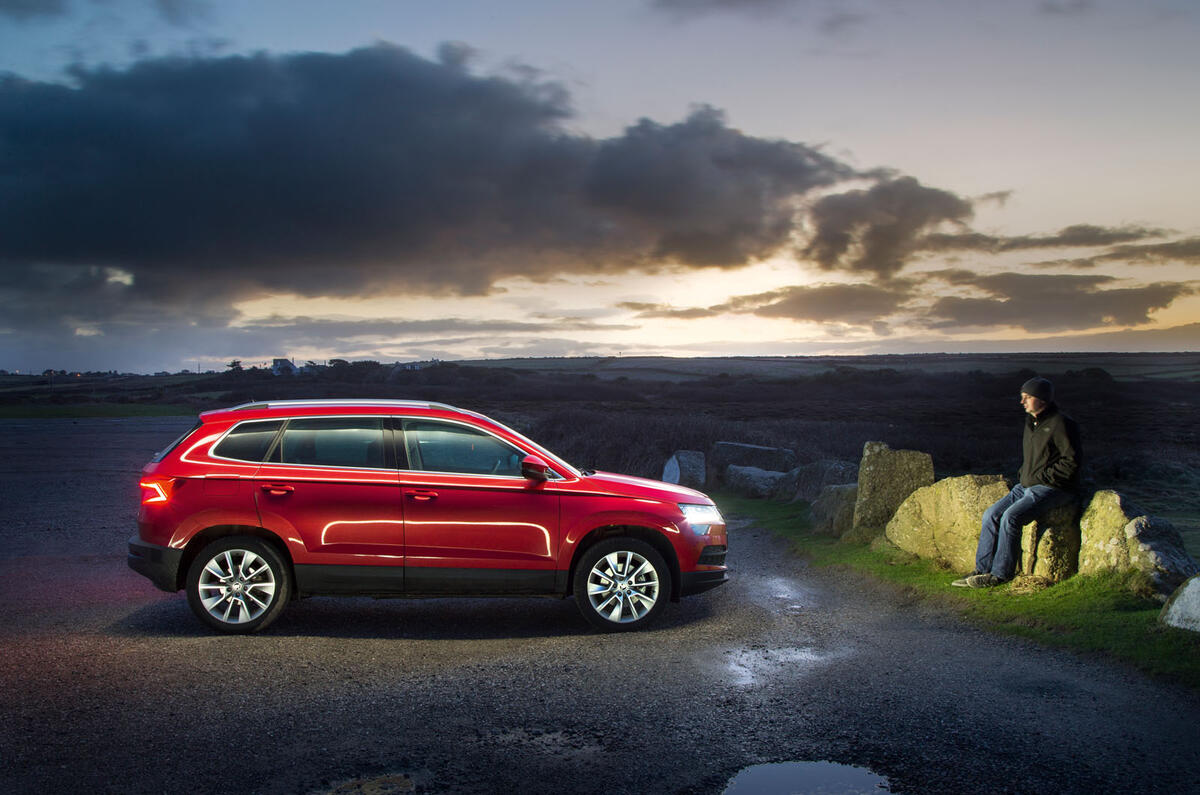
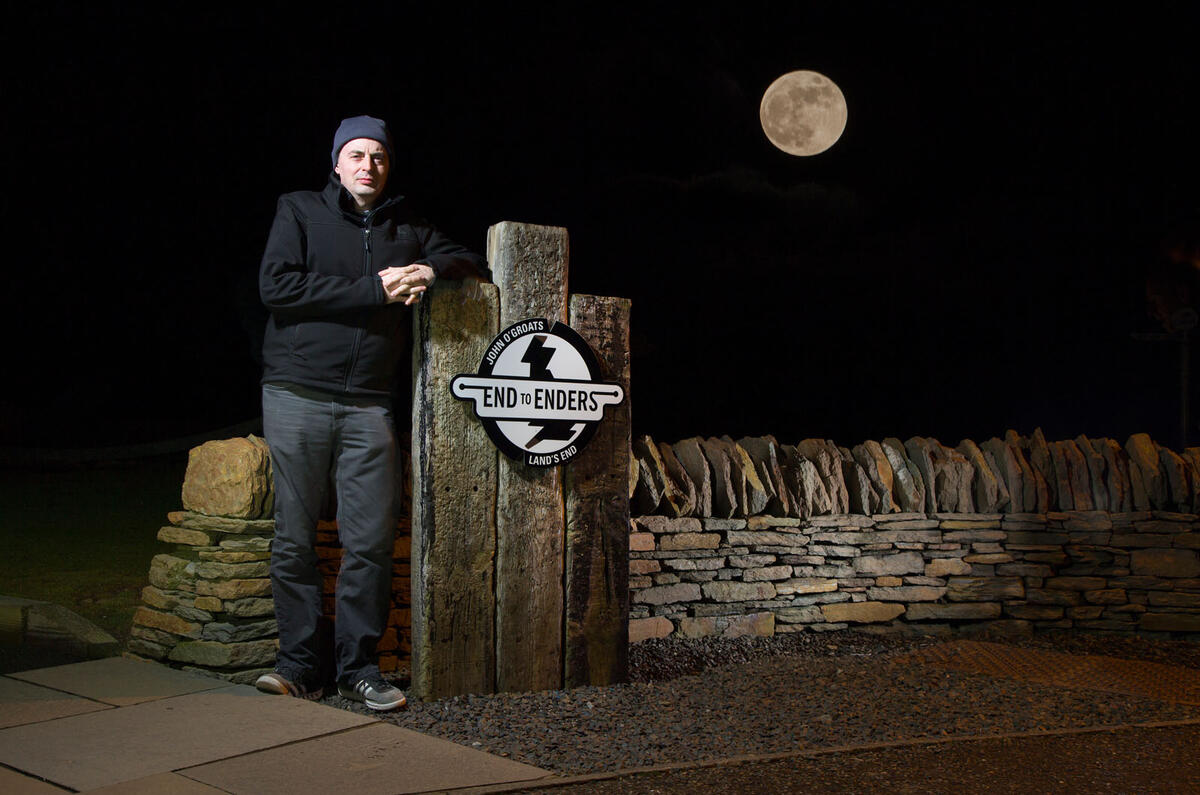

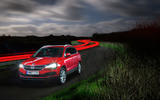
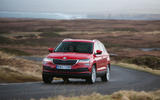
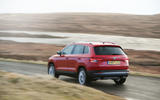
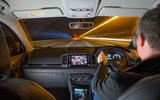
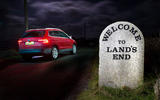
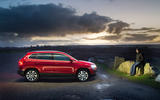
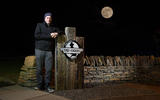









Join the debate
Add your comment
Does appear to be an advert for the VW Group
Maybe sales of the Karoq are a disappointment after losing the loyal Yeti fan base?
It's all a bit 'new Top Gear' doing pointless, and questionably irresponsible, 'races' like this too. I loved the days when motoring journalists actually tested cars rather than muck about as if still teenagers. It was fun watching Clarkson and co. for a few episodes, but there's only so much of that you can watch before thinking 'how does this nonsensical stuff benefit me at all, or help me decide on my next car?'.
Sam Jenkins wrote:
Fuel economy
I may be imaging things but I'm sure that when I first read this piece there was mention of fuel economy of 37.7mpg. I remembered it because It was so bad. Now I return to the article to see other people's comments and there's no mention of economy. Now either my mind is playing tricks on me or someone from Skoda has been on the phone. Either way, what mpg did you manage?
Will86 wrote:
You aren't imagining things. The mpg figure you mention is still there, it's the caption under the second photograph at the top.